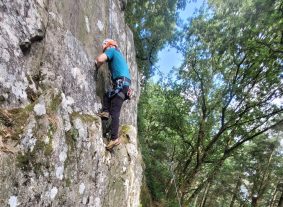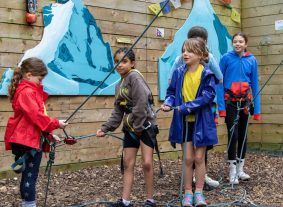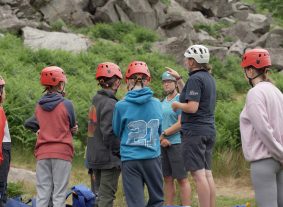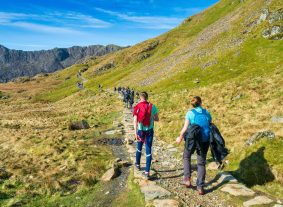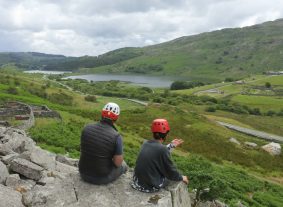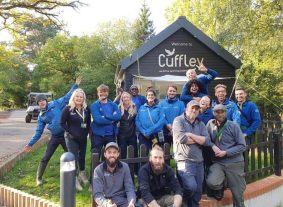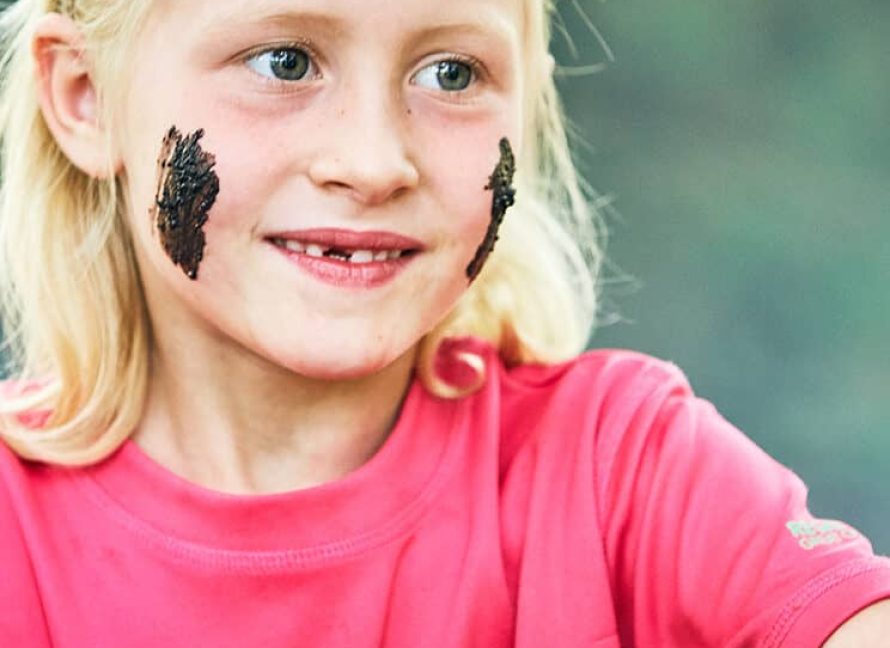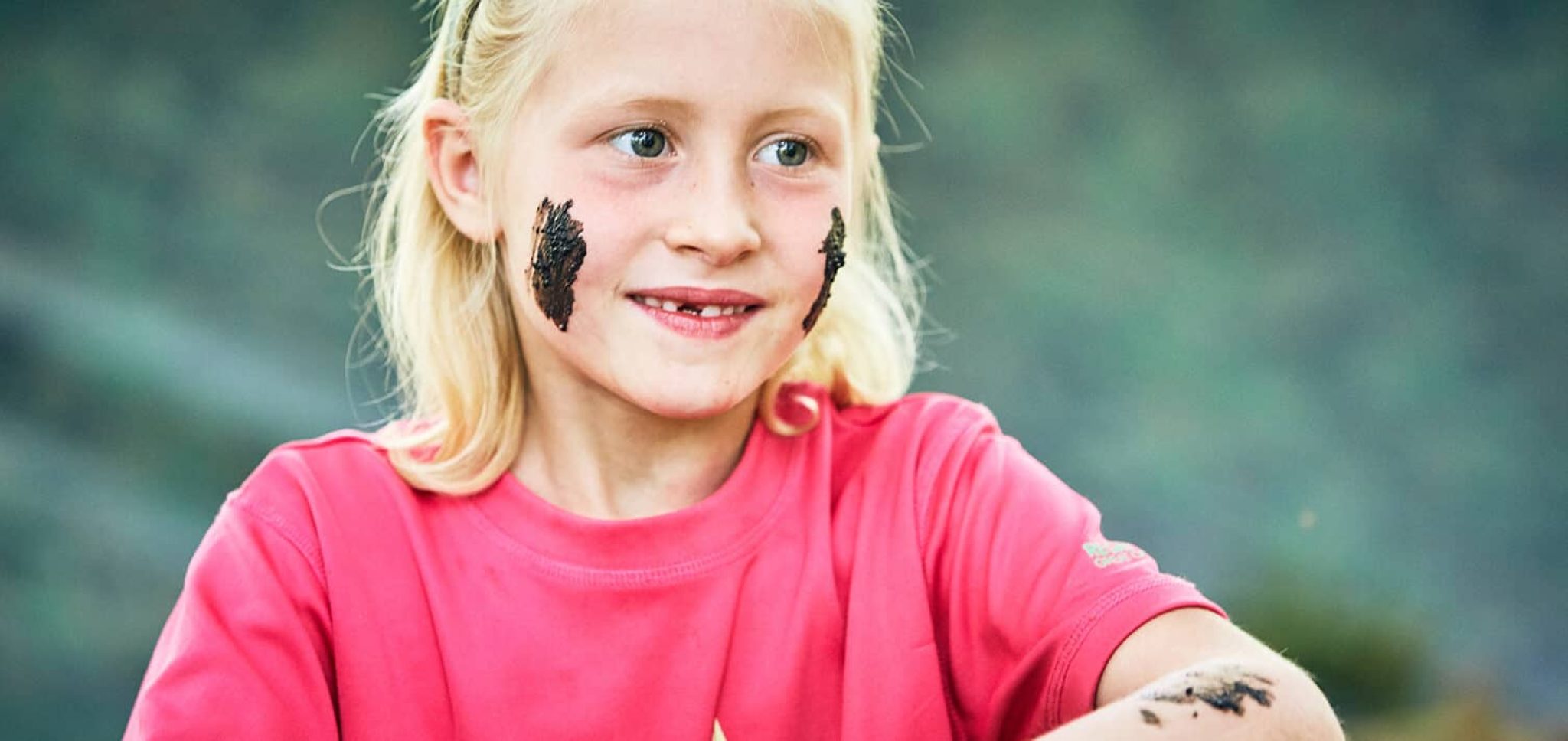In our ever-evolving world, the significance of reconnecting with nature cannot be overstated. Outdoor learning centres are thriving spaces that provide children and adults alike with the opportunity to engage with the natural world in meaningful ways. One such engaging and educational activity is Camouflage and Concealment. This activity not only offers a fun and immersive experience but also imparts valuable survival skills and deepens our understanding of nature.
The History of Camouflage and Concealment
Camouflage, the art of blending into one’s environment to avoid detection, has been a crucial survival strategy in the animal kingdom for millions of years. Many animals, from chameleons to octopuses, have evolved the ability to change their appearance to avoid predators. This natural phenomenon has inspired humans throughout history.
Why Camouflage and Concealment are Important
Understanding and practicing camouflage and concealment is essential for several reasons:
- Survival Skills: In survival situations, the ability to conceal oneself can be crucial. Whether avoiding predators or staying hidden in a potentially dangerous scenario, effective camouflage can provide a significant advantage.
- Wildlife Observation: For nature enthusiasts and researchers, blending into the environment allows for closer and more prolonged observation of wildlife without disturbing natural behaviours.
- Hunting: Hunters use camouflage to remain unseen by their quarry, increasing the chances of a successful hunt while respecting the animal’s habitat.
- Environmental Awareness: Practicing camouflage and concealment enhances one’s understanding of the natural environment, promoting a deeper connection with and respect for nature.
Skills Involved in Camouflage and Concealment
Engaging in camouflage and concealment activities involves honing several skills:
- Observation: The first step in effective camouflage is to keenly observe the environment. Noticing colours, textures, and patterns in the surroundings is crucial.
- Pattern Disruption: Breaking up the human silhouette using natural materials (leaves, branches, mud) helps in blending into the background. The goal is to avoid distinct shapes and straight lines that stand out in nature.
- Movement: Learning to move slowly and deliberately helps avoid drawing attention. Quick or jerky movements can easily betray one’s position.
- Quietness: Reducing noise is vital. The sound of a snapping twig can reveal one’s location as easily as visual cues.
- Adaptive Thinking: Each environment requires a different approach to camouflage. Whether in a forest, desert, or urban setting, adapting techniques to fit the surroundings is key.
Benefits of the Camouflage and Concealment Activity
Participating in camouflage and concealment activities at an outdoor learning centre offers a myriad of benefits:
- Physical Exercise: This activity often involves hiking, crawling, and other physical movements, promoting physical fitness and coordination.
- Mental Acuity: Planning and executing effective camouflage strategies sharpens problem-solving skills and creativity.
- Teamwork and Communication: Often conducted in groups, these activities foster teamwork and improve communication skills as participants work together to achieve common goals.
- Stress Relief: Immersion in nature and focusing on a task can be highly therapeutic, reducing stress and promoting mental well-being.
- Educational Value: Participants learn about different ecosystems, wildlife behaviour, and the science behind natural patterns and colours.
- Confidence Building: Successfully blending into the environment and remaining undetected can boost self-confidence and self-reliance.
Camouflage and concealment activities offer a unique blend of education, physical activity, and mental challenge. By understanding the history, importance, and skills involved, participants gain a deeper appreciation for the natural world and valuable life skills. Whether for survival, wildlife observation, or simply enjoying nature, the principles of camouflage and concealment are invaluable.
